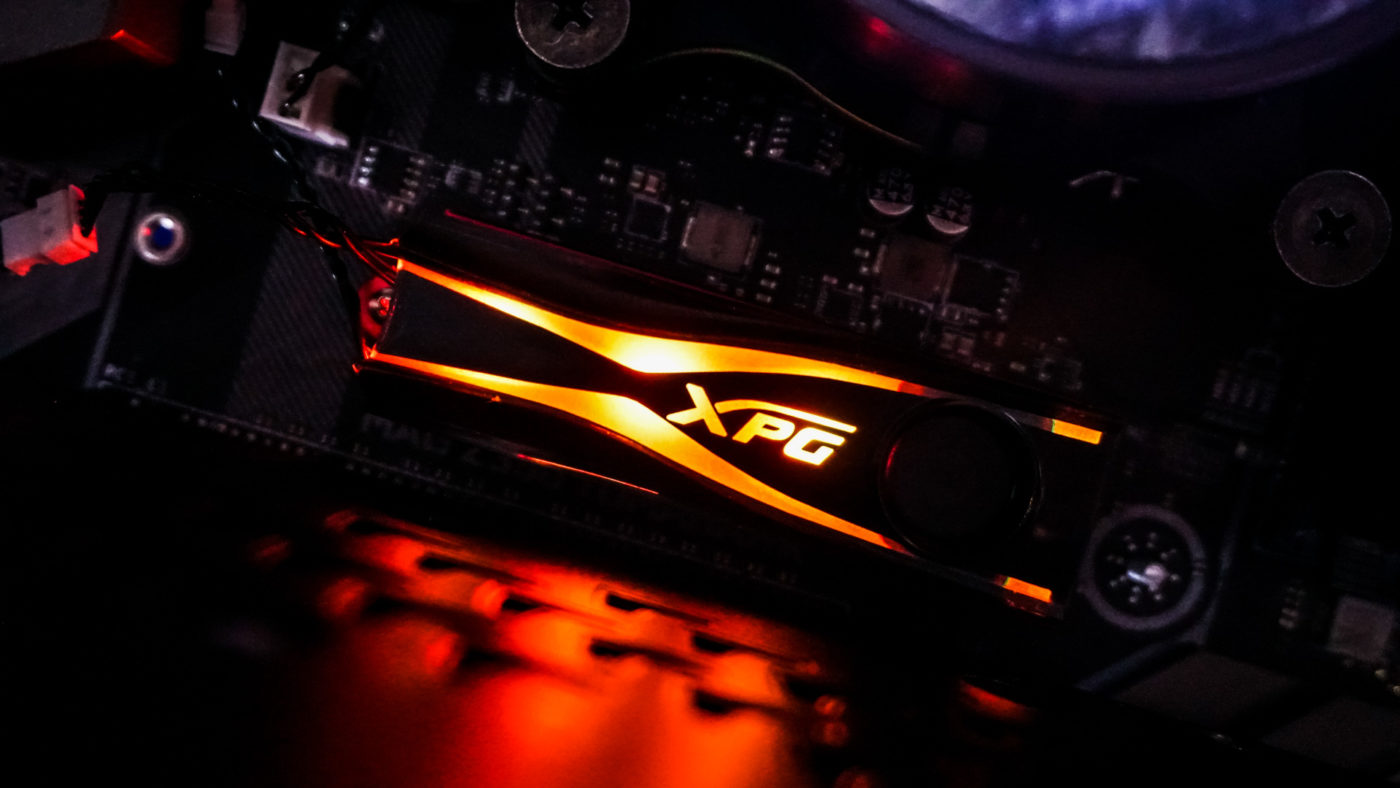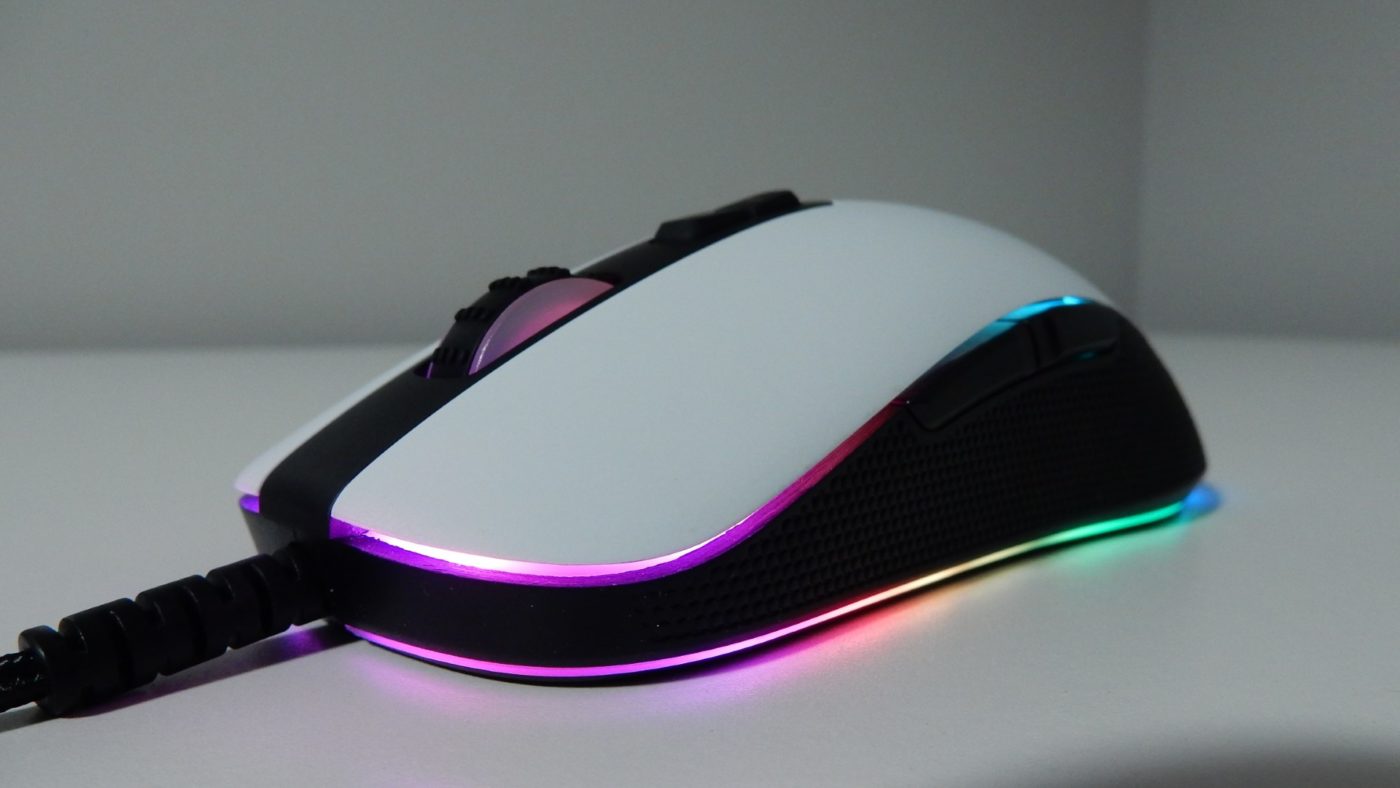Performance Testing
We will be testing both the 2.4GHz and 5GHz radios, as well as the local Ethernet connection on the C5400X. We will be using the LAN Speed Test client in conjunction with another device on our network that is running the LST server. LST is configured to use a 1GB test file to ensure a sizable amount of data is utilized in each test. Each test is performed three times and then averaged to account for slight variances in our process.
Ethernet
The wired Gigabit Ethernet results from LST are a bit misleading, as while our results show a Read (Download) speed of just 501.87 Mbps, and a Write (Upload) of 822.16 Mbps, we were consistently able to transfer large files (1GB+ in size) at a steady 110-111MB per second in both directions, which is closer to a rate of 980 Mbps. Either way, we found no indications that the C5400X was not capable of providing adequate wired bandwidth and performance.
Wireless
Our wireless test client is configured with an Intel Dual Band Wireless-AC 3165 (1×1) adapter, which will unfortunately limit the amount of throughput available to the tested systems. Our wireless testing will be performed on both the 2.4GHz and 5GHz networks, with the same server in operation for LST. Three different locations will be tested; right next to the router in the basement, the first floor living area, and the second floor master bedroom. The closest location gives an accurate representation for devices in the direct vicinity and in the basement living space, while the first and second floor tests show results for more remote locations. For comparison, we have also tested with a Ubiquiti UAP-Pro access point, which offers 802.11n connectivity. We used this second device to show the performance improvements that can be had by moving to a new generation of wireless technology, so keep in mind that all results from the UAP-Pro are based on both 2.4GHz and 5GHz 802.11n specifications.
– Location 1: Next to router
– Location 2: Main floor living area
– Location 3: Second floor master bedroom
2.4GHz
Our 2.4GHz download results give the upper hand to the C5400X across the board in each location tested. This graph also shows just how pervasive the 2.4GHz band is with regards to range vs performance, as we saw little overall drop off of speeds when moving further and further away from the router. This was true with both devices, but the newer hardware and specifications of the C5400X allowed it to take the lead.
The 2.4GHz upload results show a bit more of a drop off in the third location, and we even found that our second location produced consistent results that actually placed the performance of the C5400X behind our UAP-Pro.
5GHz
Our 5GHz results are where the real difference in performance can be seen between the 802.11ac offerings of the C5400X, and our previous generation UAP-Pro’s 802.11n hardware. While right next to the router and in our main floor living area, the C5400X was able to provide our test system with 200+ Mbps download speeds, and over 150 Mbps at the furthest location. These speeds are three to four times faster than that of the UAP-Pro. In fact, we were unable to complete 5GHz testing in our third location with the UAP-Pro due to a weak signal. This is where the eight external antenna found on the C5400X come in to play; the solid connectivity at our furthest test location offered something that previous generation hardware just couldn’t.
Lastly, the 5GHz upload speeds again outperformed the previous generation hardware by three and four times, and even offered connectivity at the most remote location when we were once again unable to complete testing on the 802.11n hardware.











